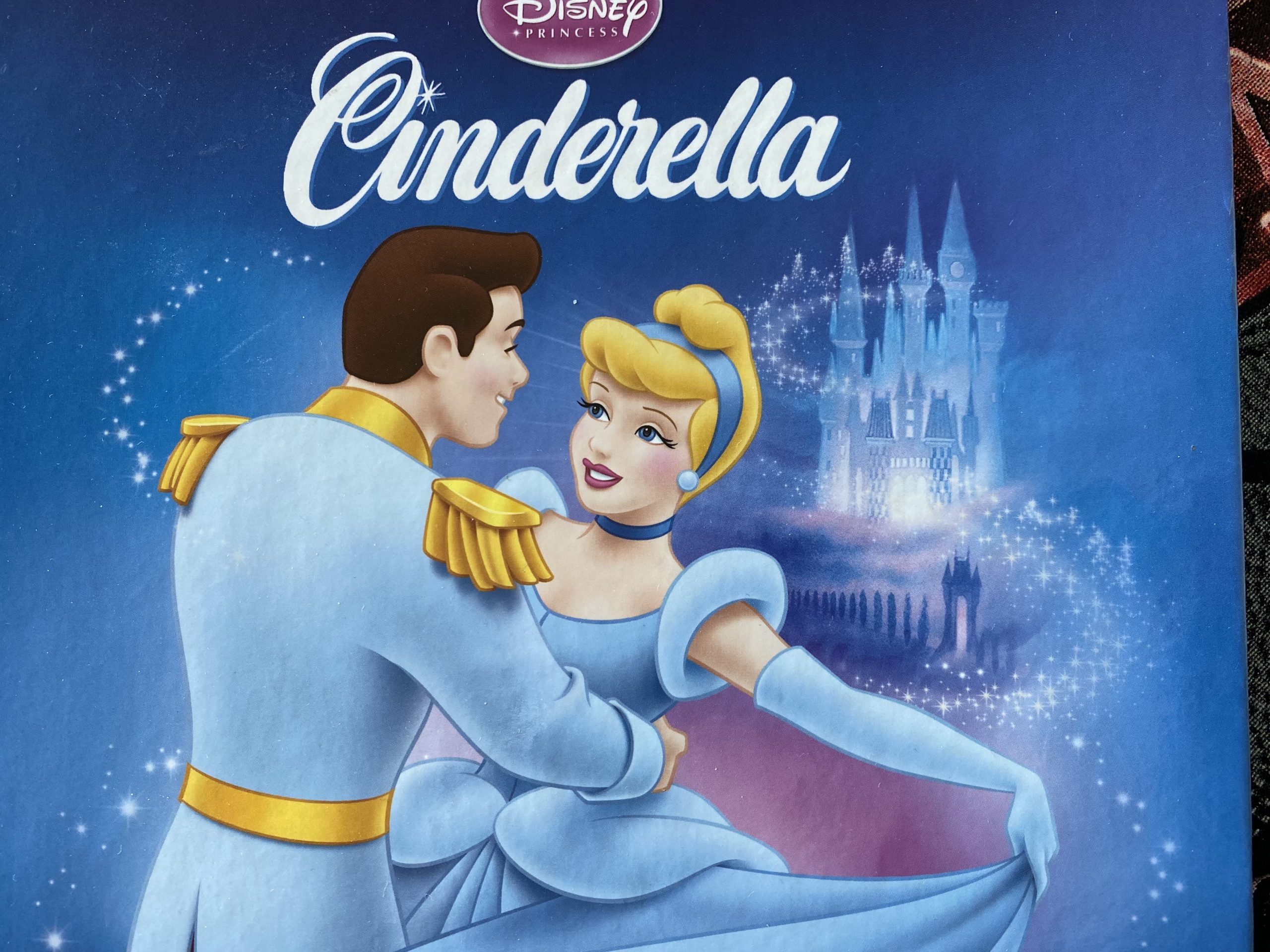
While some critics panned the live action Cinderella movie back in 2015, my granddaughters, daughters, and I loved the latest film version of the story modern women love to hate. I suspect this is a girly thing, but how can I not cry when Cinderella’s courage and kindness are rewarded? In my view, those are pretty good qualities, especially kindness which seems to be sorely lacking these days.
When I saw the original classic Disney cartoon (1950) of Cinderella as a child, I totally bought into her song of "A Dream Is a Wish Your Heart Makes."
When I saw the original classic Disney cartoon (1950) of Cinderella as a child, I totally bought into her song of “A Dream Is a Wish Your Heart Makes.” Like Cinderella, I was taught that patience and goodness were virtues, and that marriage was an important goal for women. So, I was totally in her corner as she waited for her prince to find her and slip that tiny glass slipper onto her perfect foot. Then my tears would start to flow.
With the sanitized Disney cartoon version seared into my brain, I was quite shocked to read the 1812 Brothers Grimm Cinderella as part of an anthology of fairy tales. I was probably ten at the time. To my horror, in this telling the father does not die. Instead, he allows the evil stepmother and stepsisters to bully and brutalize his beloved daughter. Even worse, the stepsisters cut off their toe and heel respectively (at their mother’s suggestion, no less) to try to fit into the glass slipper. And if that weren’t bad enough, birds peck out their eyes at Cinderella’s wedding. Now there was a lesson that you had better be good in life.
Several years ago, one of my granddaughters became obsessed with Cinderella. Like her mother before her, she was outraged that the stepsisters teased Cinderella (in the 1974 Disney book version we owned) because “her dress was so plain” and ripped up her first ball gown. To wean her from this book, which I had read to her at least 100 times, we went to the library and discovered that there are over 500 versions of the Cinderella story.
Almost every culture has one. The oldest picture book we found reflected the story’s origins in the 9th century tale of Yeh-Shin, the virtuous and beautiful orphan being raised by her cruel stepmother. It’s the usual stuff – animal friends (fish), menial chores, being left behind from going to the festival, the magical gown and slippers, the lost slipper found by the king, and the tiny slipper fitting only Yeh-Shin. Patience and virtue win, Yeh-Shin lives happily ever after … and this Gramma cried.
The 300-year-old story The Little Glass Slipper by Charles Perrault, puts a French spin on the tale and is much more similar to the 1950’s cartoon version I grew up knowing. Except that Cinderella is even more of a whimp because she pardons her stepsisters and marries them off to noblemen. And the moral is a bit French as well. “Beauty in woman is a rare treasure that will always be admired.” But graciousness is even better. Better still is to have intelligence, courage, good breeding, and common sense, all of which come from heaven. And it is essential to have a godmother, preferably one that is a fairy.
The very grim Grimm version also comes with a moral. Cinderella’s dying mother tells her to be devout and good and wait for God to help her. Cinderella weeps at her mother’s grave every day and endures the torment of her cruel stepmother and stepsisters, as well as the indifference of her father. A dove at her mother’s grave provides the fancy gown, and off she goes to the ball. The Grimm Cinderella is devout and good, I guess, but she doesn’t seem to mind that her stepsisters are blinded when birds peck out her eyes.
In our quest for multicultural versions of Cinderella, my granddaughter and I read picture books from Africa, Persia, Ireland, Korea, Mexico, Spain, the Caribbean, and even a Native American version called Sootface. And while each is different and reflective of its time and country of origin, Cinderella’s one constant value is her endurance in a cruel world.
In most versions, Cinderella is a passive figure who only breaks down and cries when denied access to the celebration where the prince is to choose a bride. Then a fairy godmother or bird or magical animal transforms her. Of course, once she has a pretty dress and those special slippers, the prince is enchanted and chooses her. Yuck. That is a pretty bad message for young girls. But it is also the basic story in every culture.
The newest movie version changes a few things. The father also dies, so that eliminates the issue of why a parent would allow his child to be mistreated. Cinderella falls for the prince before the ball. She meets him when she rides her horse through the forest, so that eliminates the issue of her being chosen like a pretty china figurine. And the message from her dying mother (the moral of this version) is slightly different: “Have courage and be kind.”
My granddaughters have been exposed to many modern princesses who have courage and decide their own fate: Merida from Brave, Rapunzel from Tangled, and the most favored of all, Elsa from Frozen. These princesses are strong free agents and have plenty of courage. But kindness? Not so much.
I’m a sucker for kindness trumping cruelty every time, so thus the tears of happiness when Cinderella’s is rewarded. My granddaughter, who was obsessed with the different versions of Cinderella, told me that bravery was the major take away. I pointed out that while the new Cinderella had plenty of courage, she was also kind. I reminded her that it would make a difference in our lives if people could be kind to one another.
“You’re right,” she replied. “But I would have run away.” Maybe she’s right.
Boomer. Educator. Advocate. Eclectic topics: grandkids, special needs, values, aging, loss, & whatever. Author: Terribly Strange and Wonderfully Real.


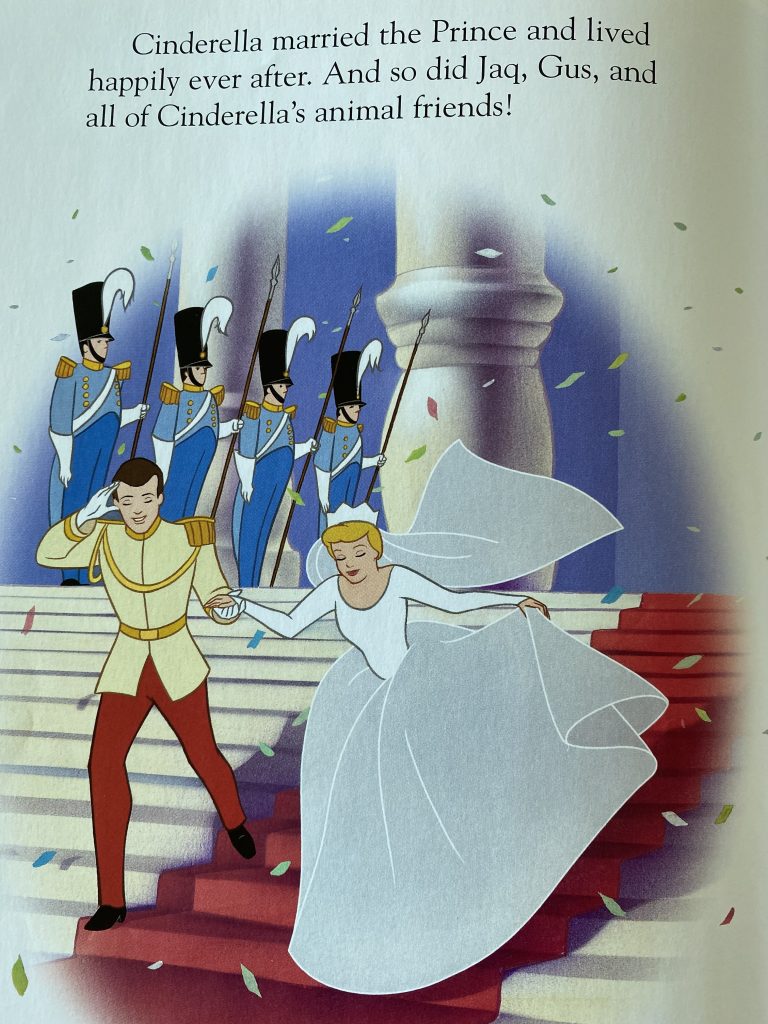
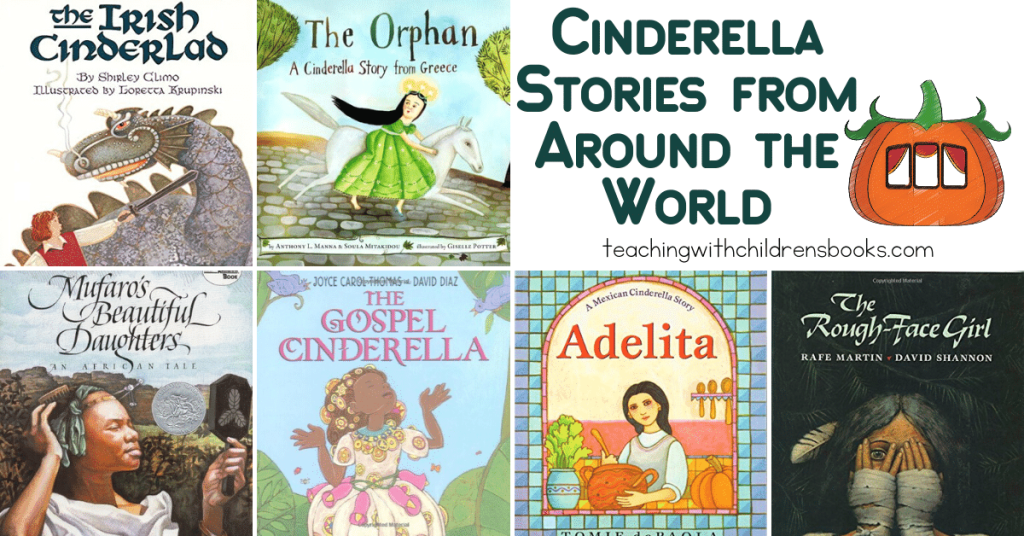
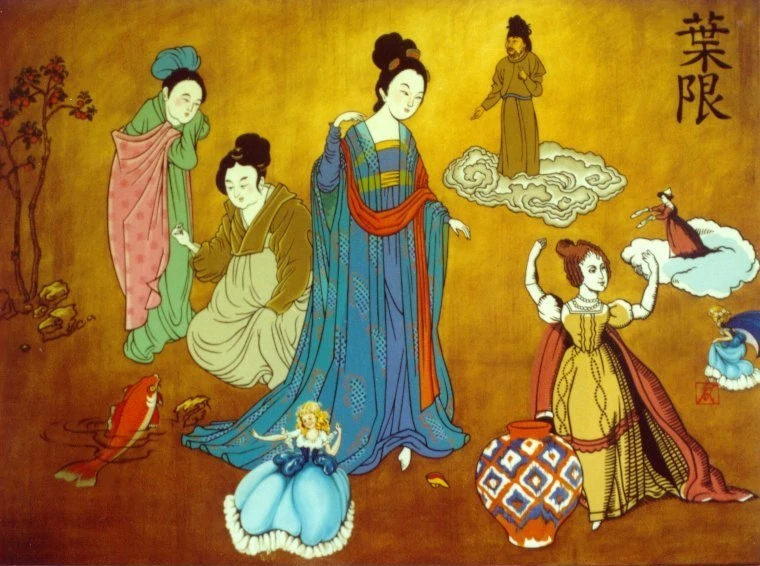
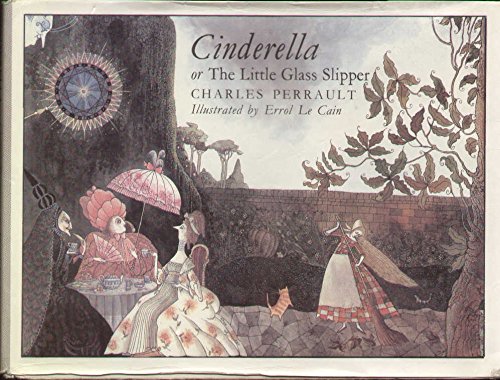
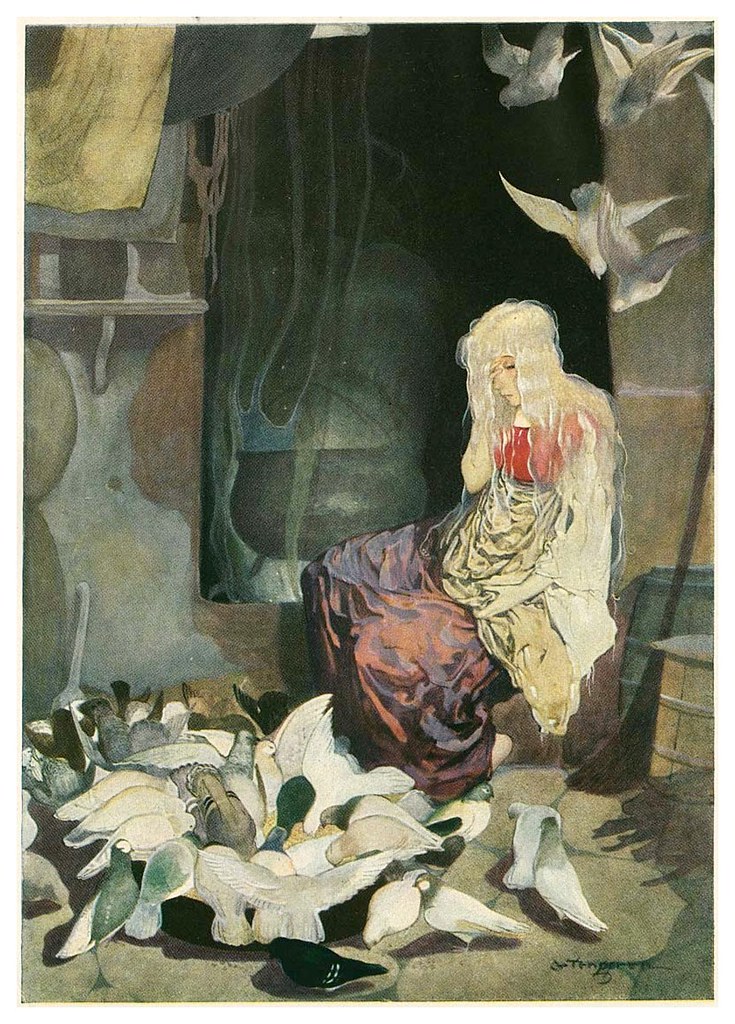

Laurie, I wrote about Cinderella too, but absolutely love all the versions you expose us to here. The mutli-cultural aspects of the story are fascinating; each culture putting its own stamp on the basic tale. I read the Grimm version as an 11 year old, but don’t remember it being so…well, grim! I loved the Disney version, as well as “Elle Enchanted” and the new, live-action version. I am a sucker for a happy ending. But you are right. It would be nice if our fair damsel were a bit less passive. She can be kind and have courage, like some of the newer Disney heroines. Thank you for this comprehensive look at Cinderella through the ages.
Thanks, Betsy. It was seeing the story though the eyes of my granddaughter as she outgrew the version of Cinderella I still held dear in my heart that opened my eyes. Our journey through different versions from around the world was really fun. That said, I still love to see her win the prince in the end.
Thanx Laurie for this fascinating look into the Cinderella story, and how wonderful that you explored it all with your granddaughter!
And I love her comment – “But I would have rum away.”
So glad she is much more a feminist than I was. Thankfully, none of my granddaughters are waiting for a prince to make their lives complete.
This reads like a doctoral thesis, Laurie. Thanks for the multicultural and centuries-spanning analysis of the Cinderella story. Most women of a certain age can without skipping a beat sing right along with Disney’s “Someday My Prince Will Come”. It’s understandable why feminists years later decried Cindy, but as you say, the messages in this fairy tale go beyond romance. And lest we forget, the Prince was waiting for Cinderella, too.
Good point, Susan. And he was totally fine with marrying whichever woman fit into the slipper. I guess if the shoe fits, he was fine with wearing it — lol
What a perceptive review of all the Cinderella stories, Laurie. I especially love the images you’ve included from all the cultures, although it is disturbing, as you point out, that many of the messages about passive endurance are the same throughout. At least your granddaughter has initiative when she thinks she might have run away were she in that position. I guess the dilemma is how to balance courage and kindness.
That is the essence of life these days, Mare. How to first find those qualities and then balance them. Trying hard to find kindness in myself as I anticipate our upcoming elections.
Laurie, what a fascinating and comprehensive review of Cinderella! You taught me so much about that fairy tale that is so familiar to all of us from our youth. When my daughter Molly was home recently, I told her about this prompt and asked what fairy tale she would pick, and she immediately said Cinderella. She reminded me of one of her favorite movies, “A Cinderella Story” starring Hilary Duff. In that one, the heroine’s goal is to go to Princeton (get it?) instead of marrying a prince, and she is much more independent and assertive than the fairy tale Cinderella was.
I don’t think I saw Molly’s favorite movie version, but what a great idea. My granddaughter would definitely approve of it. Will have to check it out.
This is a real in-depth look at Cinderella through the ages and across
cultures—who knew? I like your moral—have courage and be kind. No apologies for tears here.
Although my granddaughter is a very kind and sensitive 16 year old now, she still thinks courage and determination are more important. Maybe she’s right?
Maybe right for her now—she has to be strong—but she will find kindness is important as she grows.
She is actually much kinder than her peers. Sadly, social media has impacted kindness in a bad way.
Yes; a fascinating and comprehensive review of the Cinderella stories. Much more thorough than the one I remember from my folklore and mythology course in college. So great credit to you. Professor Levy!
That said, I do remember the Brothers Grimm version and just how (typically) sadistic it was as to all concerned — cruel father and maimed step-sisters especially.
And no need for reluctance by any girl or woman in admitting this is a favorite tale, notwithstanding the whole “marry thehandsome prince” theme. It is really about a brave and virtuous young woman, somehow defying all the odds. Brava, Cinderella!
Thanks, John, for being a guy who gets it. Since so many cultures have versions of the story, there must be a theme that resonates.